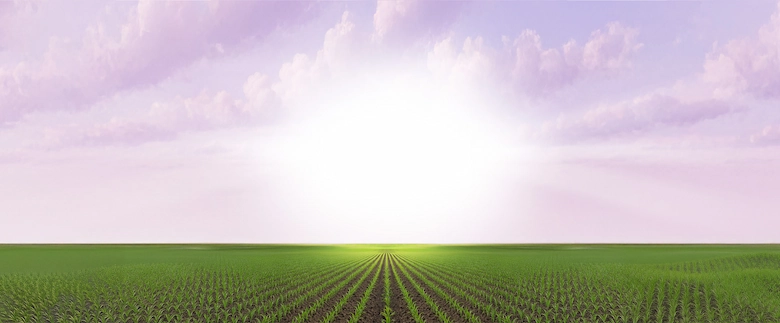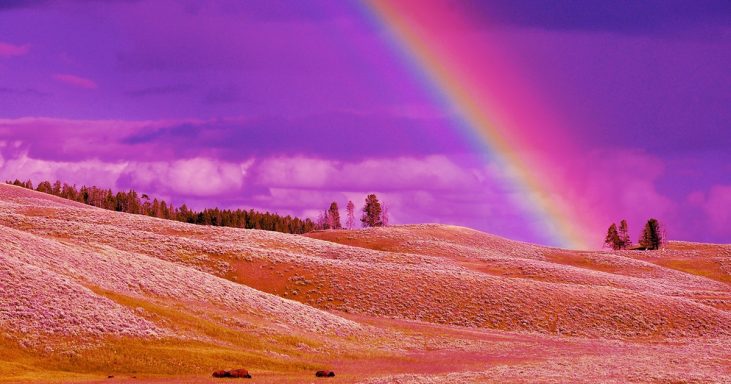

NGSS.5-LS2-1, NGSS.MS-LS2-3
Access to internet, cardboard boxes, pizza boxes, colored paper, colored markers, scissors, glue, tape, other creative materials
The world’s arid wild lands are also called rangelands. There are five main biome categories: grassland, shrubland, woodland/savanna, tundra/alpine, and barren lands. Rangelands provide a vast array of resources, products, and values, including forage for livestock, habitat for wildlife, clean water, renewable energy, recreational opportunities, open space, and magnificent vistas. Grasslands are comprised of at least 25% herb cover (usually a grass) and less than 25% shrubs and trees. Many farmers’ and ranchers’ livelihoods depend on stewarding the natural resources available on grasslands.
Share the background information with the students, then share the puzzle to be solved. Determine constraints (e.g., time alotted, space, materials provided, etc.) and divide students into small groups.
Ask a series of questions to help students brainstorm solutions to the puzzle. Encourage students to list all ideas – don’t hold back! Before moving on, make sure each group selects a solution that fits within the contraints.
Students diagram the prototype, identify the materials needed to build the prototype, and write out the steps to take. Students describe the expected outcomes.
Students follow their design plan and build their prototypes. Monitor their progress and remind them about how much time they have.
Students evaluate their creation and compare it with the expected outcomes. Students seek areas of improvement and make changes where needed.
Students share their solution to the puzzle and communicate lessons learned.
Build models for the other biomes: Shrubland, woodland and savana, tundra and alpine, and barren land.